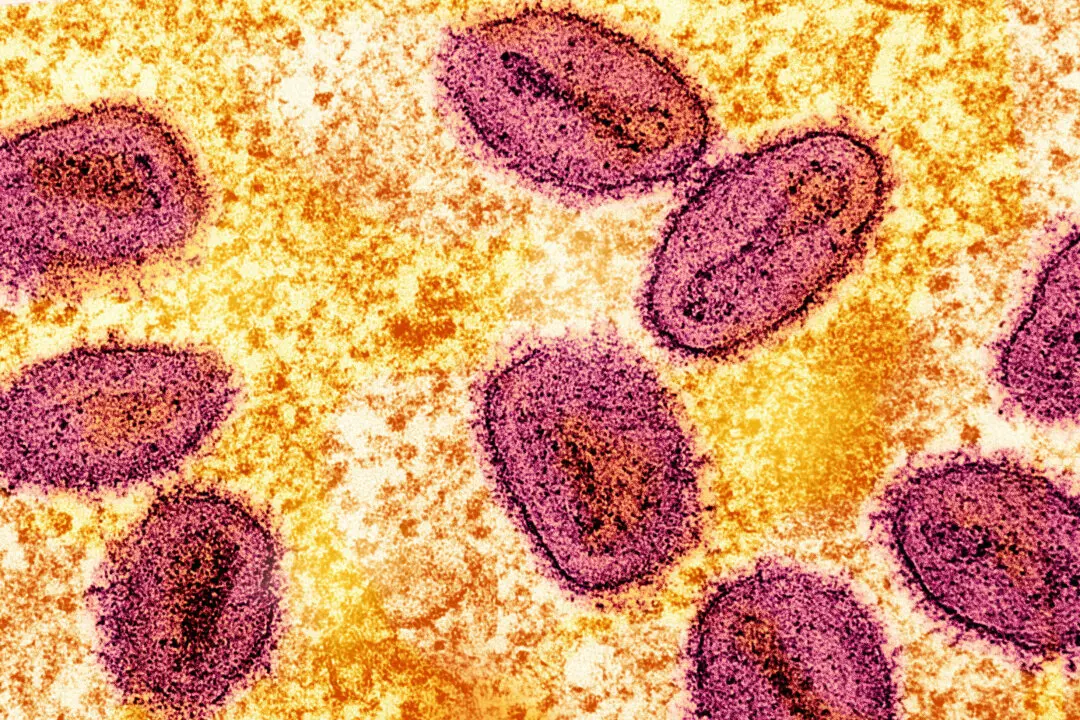Commentary
Public health responses are most effective when they are grounded in reality. This is particularly important if the response is intended to address an “emergency,” and involves the transfer of large amounts of public money. When we reallocate resources, there is a cost, as the funds are taken from some other program. If the response involves buying lots of products from a manufacturer, there will also be a gain for the company and its investors.





